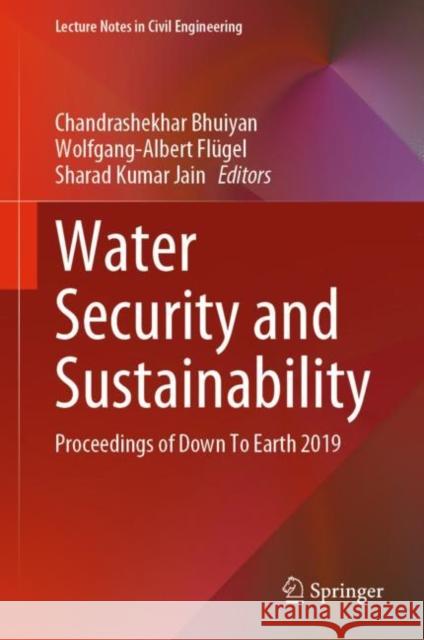Water Security and Sustainability: Proceedings of Down to Earth 2019 » książka
topmenu
Water Security and Sustainability: Proceedings of Down to Earth 2019
ISBN-13: 9789811598043 / Angielski / Twarda / 2021 / 306 str.
Water Security and Sustainability: Proceedings of Down to Earth 2019
ISBN-13: 9789811598043 / Angielski / Twarda / 2021 / 306 str.
cena 603,81
(netto: 575,06 VAT: 5%)
Najniższa cena z 30 dni: 578,30
(netto: 575,06 VAT: 5%)
Najniższa cena z 30 dni: 578,30
Termin realizacji zamówienia:
ok. 22 dni roboczych
Dostawa w 2026 r.
ok. 22 dni roboczych
Dostawa w 2026 r.
Darmowa dostawa!
Kategorie:
Kategorie BISAC:
Wydawca:
Springer
Seria wydawnicza:
Język:
Angielski
ISBN-13:
9789811598043
Rok wydania:
2021
Wydanie:
2021
Numer serii:
000798671
Ilość stron:
306
Waga:
0.59 kg
Wymiary:
23.88 x 19.56 x 1.78
Oprawa:
Twarda
Wolumenów:
01











